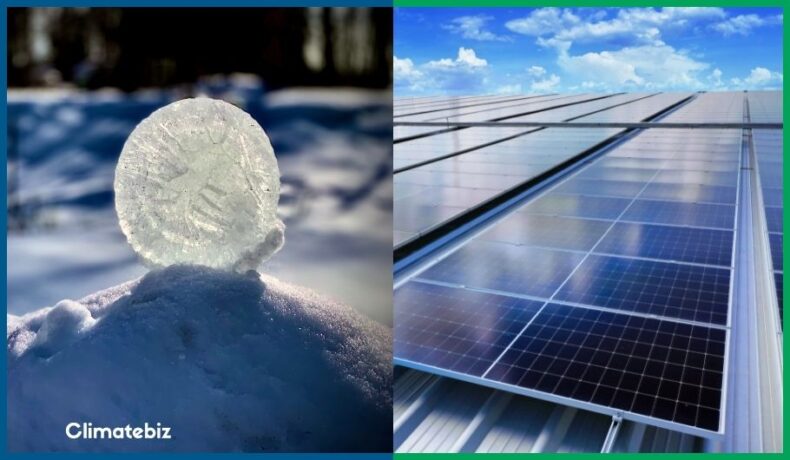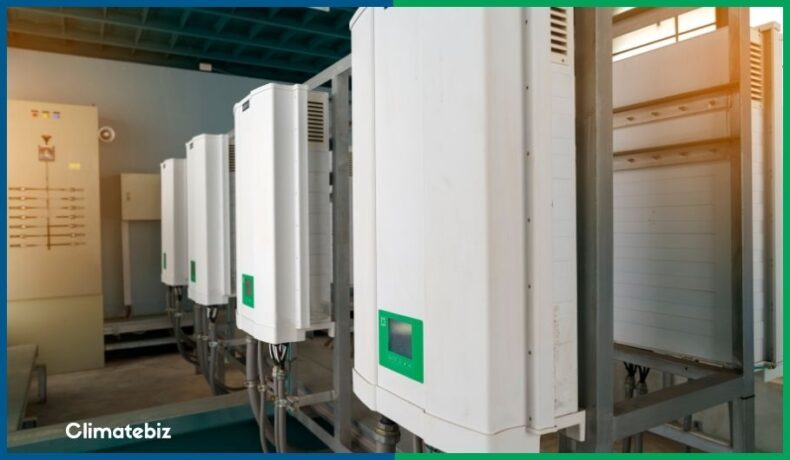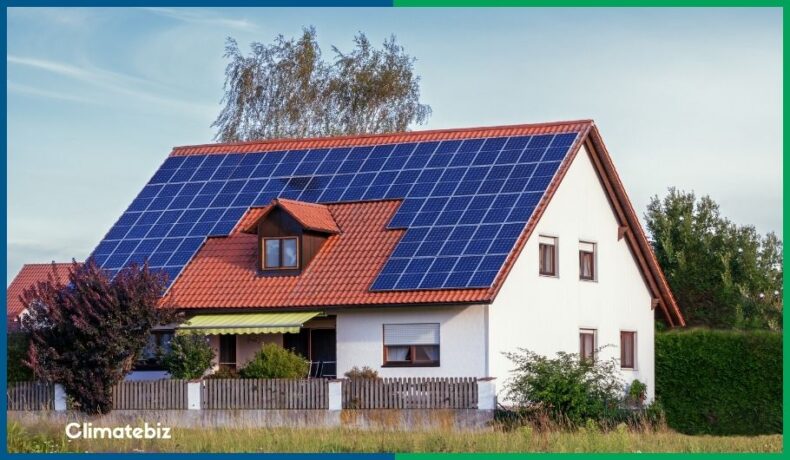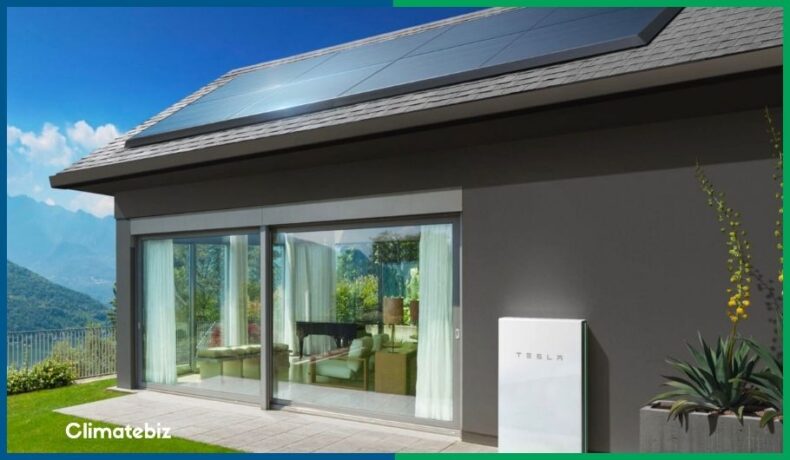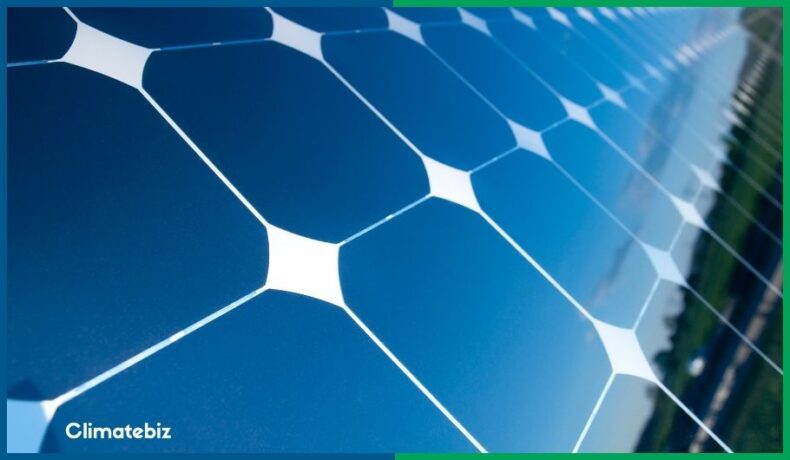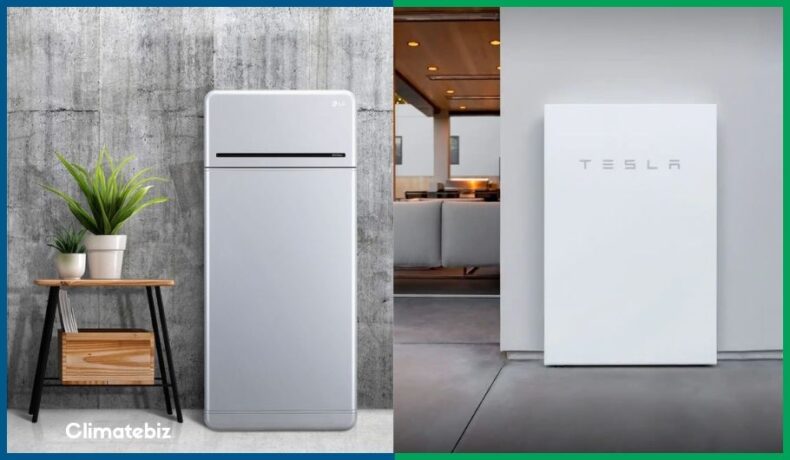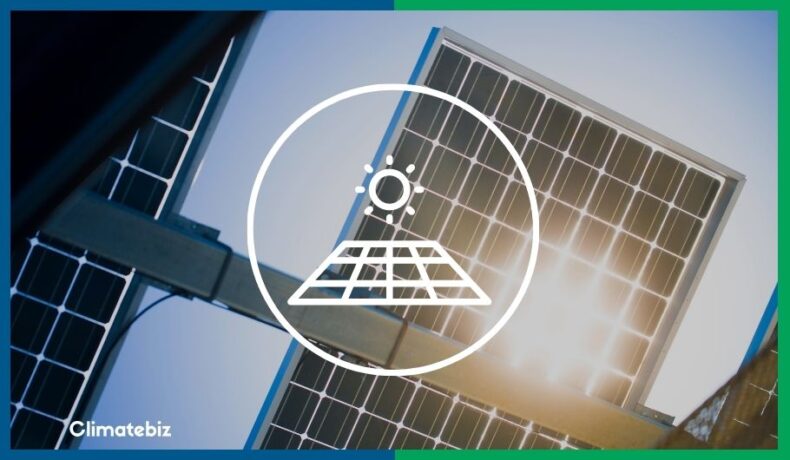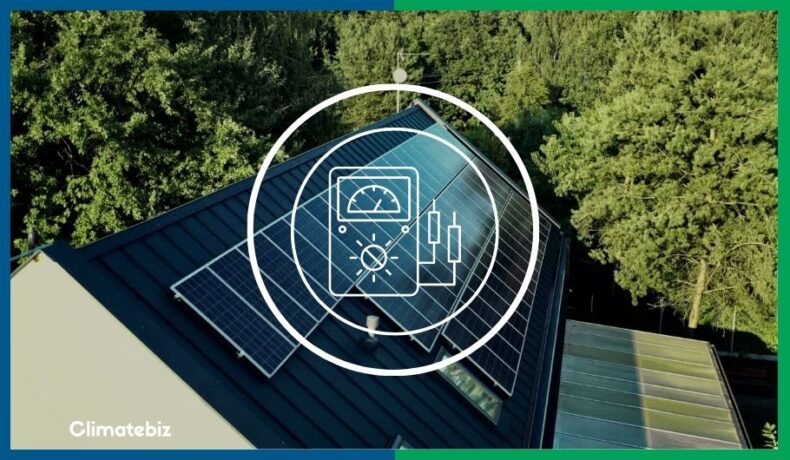What Size Solar Generator Do I Need To Run A Refrigerator?
It’s vital that you select the correct size solar generator to run a refrigerator during a power outage or camping trip. Today, refrigerators are our most essential household appliances; they keep our food and beverages fresh for days. There is a common misconception that refrigerators draw vast amounts of electricity and cannot be adequately powered … Read more


